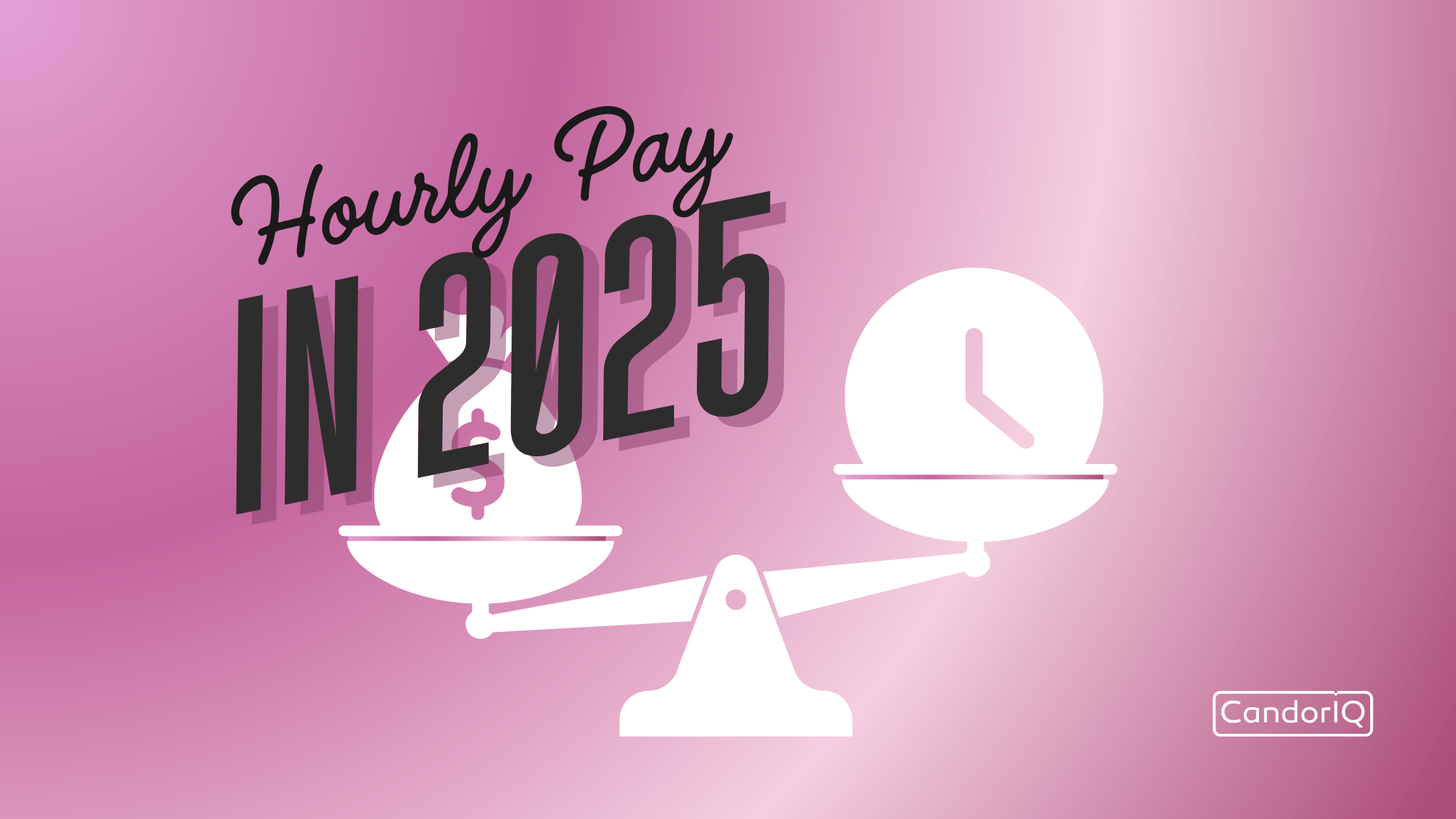Hourly Pay: Flexibility, Compliance, and the Future of Work
The Rules, Risks, and Rewards of Hiring Hourly Workers in 2025

Let’s talk about hourly pay. It might not be as buzzy as equity or as debated as bonuses, but if you’re building a business—or managing workforce strategy—you’re going to run into the question: Should this be an hourly role or a full-time one?
It’s not a one-size-fits-all decision. Geography, job type, demand, regulation, and even company culture all play a role. And in today’s workforce—where flexibility reigns and gig work is booming—understanding when and how to hire hourly workers is more important than ever.
What’s the Real Difference Between Hourly and Full-Time?
At a high level, hourly workers are paid for the time they work. Full-time employees (FTEs) are typically salaried, with expectations around output rather than hours. That means different employment classifications, benefits eligibility, and labor law implications.
If you're scaling a team or trying to stay agile with headcount, hourly roles can offer flexibility—but they also come with complexity.
Know the Rules: The FLSA Isn’t Optional
If you’re hiring hourly workers in the U.S., you need to understand the Fair Labor Standards Act (FLSA). It’s the federal law that governs minimum wage, overtime, and other labor standards.
Here’s what it generally requires:
- Overtime pay for non-exempt workers who go over 40 hours/week (usually time-and-a-half)
- Tracking hours worked, including breaks and overtime
- Compliance with local wage laws, which may exceed federal minimums
Failing to track or classify correctly can open you up to serious legal and financial risk. According to the Department of Labor, wage and hour violations cost businesses hundreds of millions in back pay annually.
What (and How) You Need to Track
Hourly work comes with more variables than salaried roles. If you’re managing this manually in spreadsheets… don’t. At a minimum, you’ll need systems that track:
- Total hours worked
- Overtime hours
- Holiday pay or premium pay rules
- Meal and rest breaks
- Local or state-specific labor rules
This isn’t just an ops challenge—it’s a compensation and budgeting one too.
When It Makes Sense to Hire Hourly
Here’s where the flexibility of hourly roles can really shine:
✓ Seasonal or variable demand – Retail, hospitality, logistics, customer support—if your business ebbs and flows, hourly lets you scale up or down without long-term commitments.
✓ Specialized or project-based work – Some roles (like freelance creative, event support, or contract engineering) don’t require full-time headcount but still need structure.
✓ Entry-level or transitional roles – Positions with high turnover or learning curves may be better suited for hourly structures.
But be careful—not everything should be hourly. If a role requires deep institutional knowledge, cross-functional collaboration, or consistent contribution over time, full-time might make more sense.
Don’t Cap Creativity (Literally)
Here’s a hot take: for creative or strategic roles, hourly pay can actually be limiting. If someone is working on a big idea or solving a complex problem, they’re not always doing it on the clock.
Putting a cap on hours can siphon the creativity right out of the work. You’re not paying for time—you’re paying for insight, energy, and problem-solving. That’s something to think about before deciding to slice a strategic role into hourly chunks.
Hourly Work Is the Direction the Workforce Is Moving
In 2025, more people are choosing hourly and gig work than ever before. Flexibility is the new currency. A recent Gallup report found that 36% of U.S. workers are now part of the gig economy—and that number is only growing.
Hourly work often aligns with lifestyle preferences: more control over when, where, and how you work. And if you can offer meaningful work that pays fairly and gives flexibility? You’ll attract talent that might not be available for full-time roles.
It’s not just for delivery drivers or customer support. This is happening across tech, marketing, education, healthcare—anywhere people value autonomy.
Hourly Work Isn’t a Workaround—It’s a Strategy
Hourly pay isn’t just a line item in payroll. It’s a strategic decision that impacts cost, compliance, culture, and performance. Get it right, and you can build a more adaptable, motivated workforce. Get it wrong, and you risk misalignment, misclassification, or burnout.
My advice?
- Understand the legal requirements
- Invest in tools that make it easy to track and manage
- Know when hourly makes sense—and when it doesn’t
- Respect the role flexibility plays in the modern workforce
As the world of work evolves, so should the way we think about pay.


